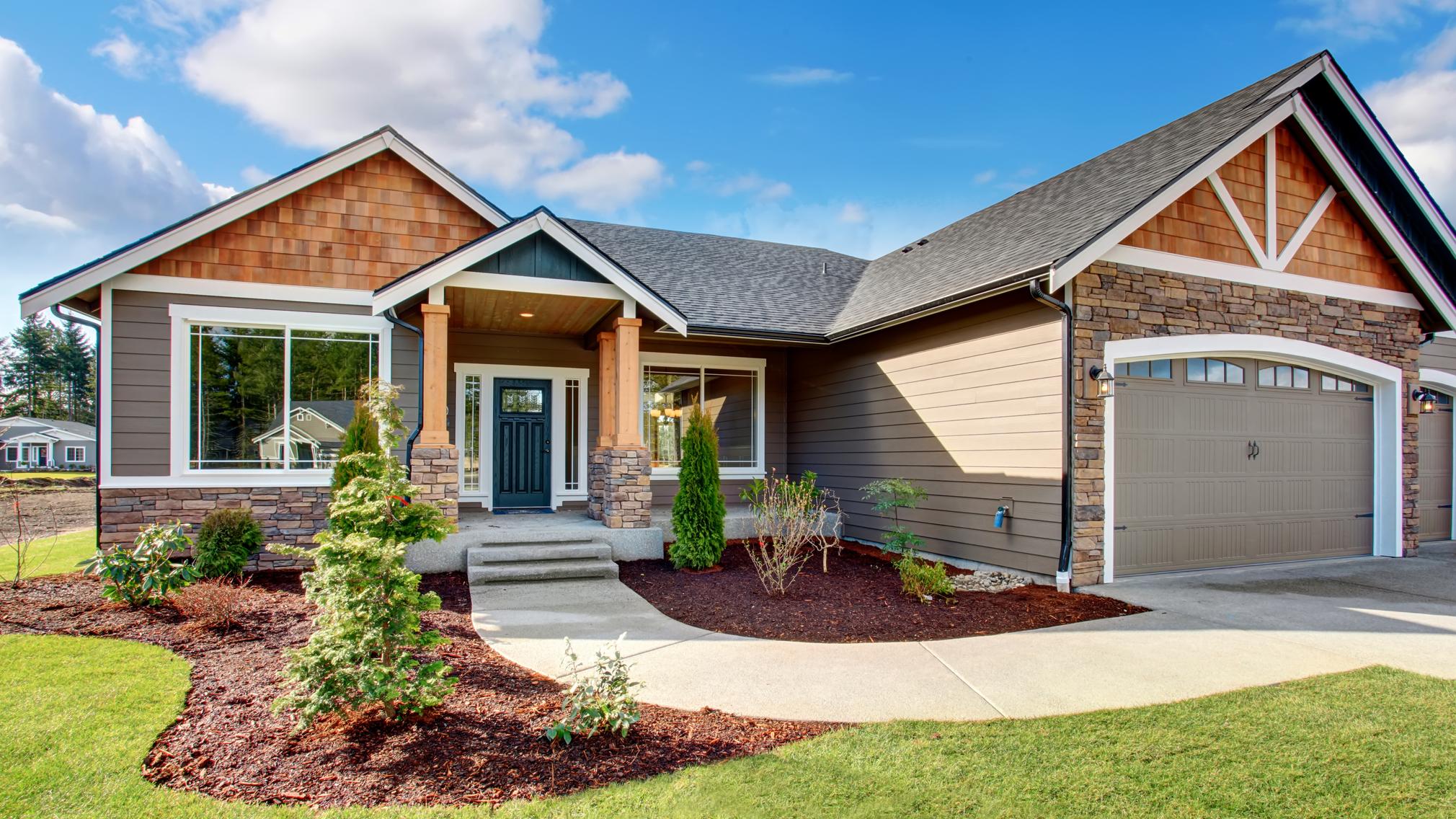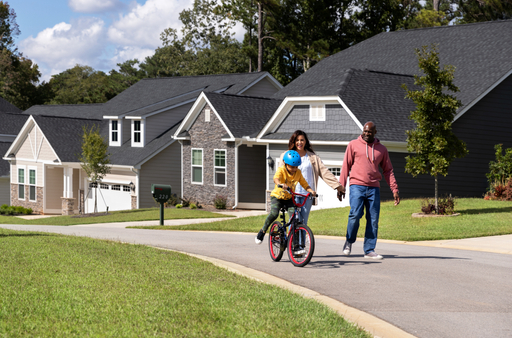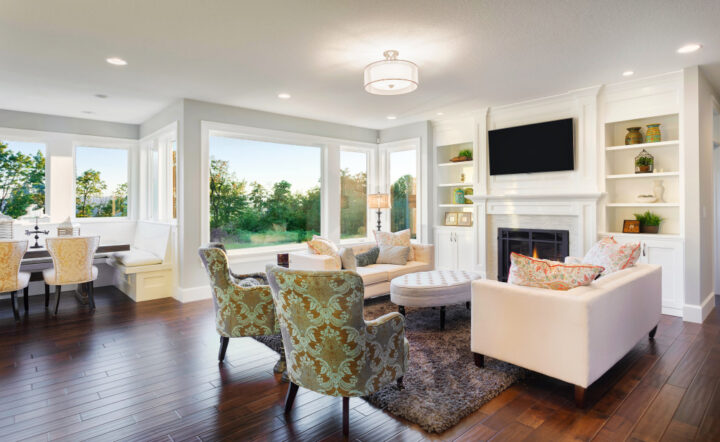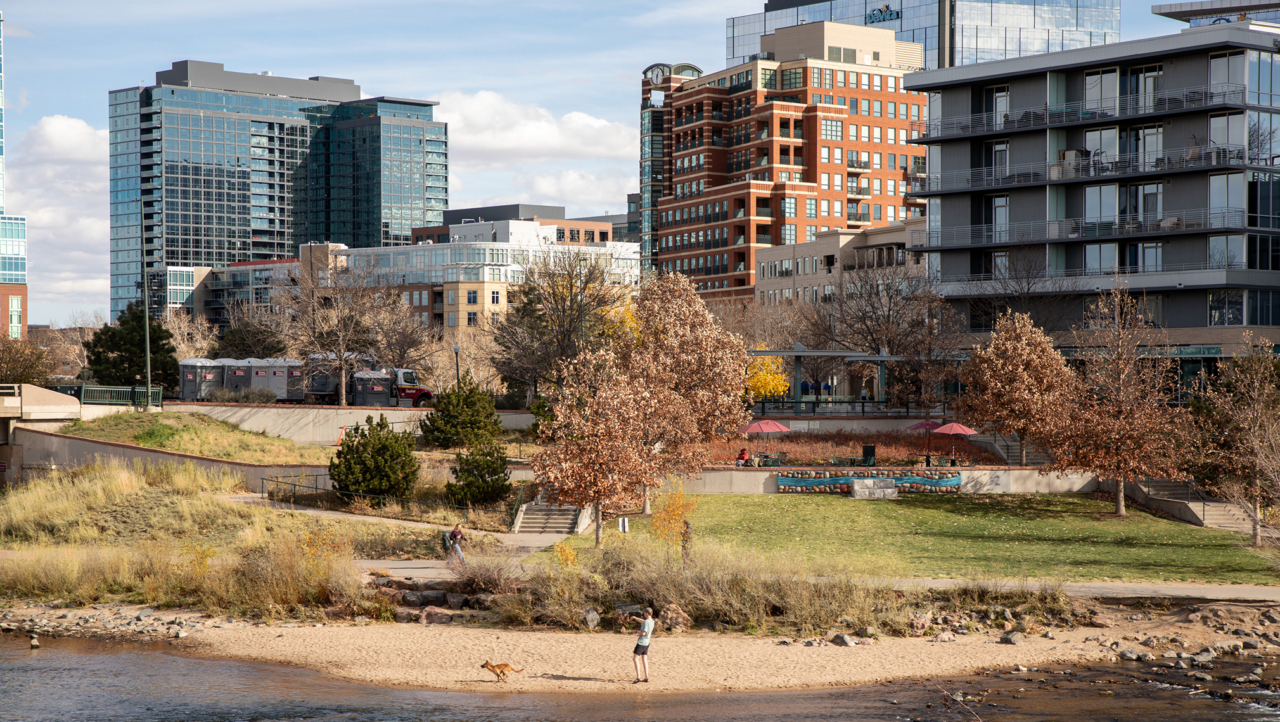What Is a FHA Construction Loan?


Written by Vivian Tejada on January 13, 2025
A FHA construction loan is a home loan insured by the Federal Housing Administration that allows qualified borrowers to finance the build or rehab of a new home. This type of loan can be useful for buyers who are unable to find the type of house they need on the market, or have found a home that needs significant repairs.
FHA construction loans are available to borrowers who meet the FHA’s financial requirements and the specific criteria for the type of land that can be purchased. Qualified borrowers benefit from lower interest rates, a lower down payment and more flexible credit standards than with conventional construction loans.
Keep reading to learn how FHA construction loans work and what you need to qualify.
How do FHA construction loans work?
Traditional mortgages typically have loan terms of either 15 or 30 years. During this time, borrowers make payments to the lender. FHA construction loans last only one year and require the lender to make payments to the contractor.
After a construction loan is approved, the construction project can begin. The lender will employ an inspector to periodically evaluate the project. Following these assessments, the lender will release a certain amount of funds to the contractor at various stages of the loan term until the project is complete. Once the construction phase has ended, the loan is converted into an FHA mortgage with regular monthly payments.
It’s important to note that interest on an FHA construction loan is only accumulated during the construction phase, not when the loan turns into an FHA mortgage. Additionally, there is no need for multiple closings. The borrower closes on the loan before construction begins and doesn’t need to close again when the loan is converted into an FHA home loan.
Types of FHA construction loans
There are two types of FHA construction loans: FHA Construction-to-Permanent Loans and FHA 203(k) Rehabilitation Loans. The first loan is designed for brand new construction projects, while the second loan is designed for homes that need repairs.
FHA Construction-to-Permanent Loans
FHA Construction-to-Permanent Loans, also known as FHA One-Time Close (OTC) Construction Loans, combine construction financing and mortgage financing into a single loan. This reduces the need for multiple applications and closings, saving the borrower money on lender fees and closing costs.
An OTC loan starts as a construction loan and turns into a permanent mortgage loan once construction is complete. Instead of finding a home, borrowers will need to find a plot of land to build upon, purchase a project plan, and request building permits. Borrowers will also need to find a licensed contractor to build their home and obtain financing through an FHA-approved lender. Once the lender approves the project plan, construction can begin.
FHA 203(k) Rehabilitation Loans
FHA 203(k) Rehabilitation Loans, also known as FHA 203(k) Loan Renovation Loans, allow borrowers to buy and repair an existing home instead of building one from scratch. The FHA 203(k) loan can be used for necessary renovations or to rebuild an existing home. These types of loans essentially allow borrowers to roll home improvement costs into their mortgage loan.
There are two types of FHA 203(k) loans: standard and limited. The one you choose depends on the home appraisal and necessary repairs.
Standard 203(k) loans
Standard 203(k) loans are for uninhabitable homes that require major repairs in order for them to be safe to live in. This type of loan is designed for homes that require repairs that cost more than $35,000. Before getting approved by your lender, you’ll need to meet with an FHA-approved 203(k) consultant who will review the renovations you have in mind and will either approve or reject your home improvement plans.
Limited 203(k) loans
Limited 203(k) loans are for habitable homes that require between $5,000 and $35,000 in repairs. Since the loan sum is smaller than a standard 203(k) loan, borrowers don’t need to discuss their plans with an FHA-approved 203(k) consultant.
How to get an FHA construction loan
To obtain an FHA construction loan, you’ll need to go through a series of tasks that are slightly different from obtaining a traditional mortgage, or even an FHA home loan.
Check your eligibility
The first thing you want to do is make sure you qualify for an FHA construction loan. Borrowers usually need to have a minimum FICO® score of 500 and pay a 10% down payment, or have a score of 580 and pay a 3.5% down payment. Additionally, borrowers should have a debt-to-income (DTI) ratio of 55% or less.
Find an FHA-approved lender
Once you’ve verified your eligibility, you should start looking for an FHA-approved lender. It’s important to find a lender that works with the type of loan you need. While many mortgage lenders offer FHA loans, not all of them offer FHA construction loans. If possible, try to get pre-approved with multiple lenders. This can help you estimate the cost of borrowing and compare different deals.
Select a property or plot of land
Borrowers applying for a FHA Construction-to-Permanent loan will need to select a plot of land that meets the FHA standards. Plots of land near an oil or gas well are ineligible for an FHA construction loan. The same is true for land too close to an airport or near a flood zone. Borrowers who renovate an existing home with a 203k rehabilitation loan must also follow these guidelines when looking for a home.
Submit your application
Construction loan borrowers will need to submit the same personal and financial information required for a regular mortgage, as well as other project documents. Your lender will want to see your builder’s plans, cost estimates, and any other financial paperwork related to your new build or renovations. If everything checks out, the lender will appraise the property and initiate the underwriting process.
Get approved and begin construction
Once you get approved by your lender, you can close on your loan and then begin construction or renovations. The lender will disburse funds to the contractor on a set schedule as construction takes place.
FHA construction loan requirements
Although an FHA construction loan comes with many benefits, it’s not always easy to meet FHA standards. Here is a list of requirements borrowers and properties need to meet in order to qualify for funding.
- The property being built or renovated must be the borrower’s primary residence.
- The property must be built according to FHA’s Minimum Property Standards and assessed by an FHA-approved appraiser.
- The loan amount a borrower is seeking must fall within a certain FHA loan limit, which varies based on location.
- Borrowers are required to pay an upfront mortgage insurance premium (usually 1.75% of the loan amount) and annual mortgage insurance premium (usually 0.15% - 0.75% of the loan amount).
- The borrower should have no delinquencies or defaults on an FHA loan product in the last 3 years.
- The lender needs to be FHA-approved and be willing to provide a construction loan. While most mortgage lenders can provide FHA loans, not all lenders provide FHA construction loans.
- The builder must be FHA-approved, licensed, and insured.
FHA construction loan alternatives
Borrowers who don’t qualify for an FHA construction loan can look into other financing alternatives that may be better suited for them.
Conventional construction loan
Conventional construction loans are more widely available than FHA construction loans and usually have better terms, such as no annual mortgage insurance premiums. Unlike FHA construction loans, conventional construction loans don’t need to be converted into a permanent mortgage.
Borrowers can obtain a construction-only option and later pay back the construction loan with a separate mortgage, if they prefer. However, this method would imply two separate closings, which could add to the total cost of borrowing.
Additionally, borrowers usually need to have higher credit scores and make larger down payments, which can make it difficult to qualify for a conventional construction loan.
Renovation loans
Renovation loans offered by Fannie Mae and Freddie Mac mimic FHA construction loans in that they allow borrowers to finance both the purchase and renovation of a home with a single loan.
Fannie Mae’s HomeStyle Renovation® loan is similar to the FHA 203(k) loan, but has lower minimum requirements. Freddie Mac’s CHOICERenovation® loan can offer borrowers greater flexibility through larger loan limits, as well as fixed- and adjustable-rate mortgages.
VA construction loan
The VA construction loan provides eligible veterans and active-duty service members with a construction loan with no down payment and competitive rates. Similar to an FHA construction loan, a VA construction loan is insured by the government and provides qualifying borrowers with benefits they wouldn’t find at traditional lenders.
USDA construction loan
USDA construction loans provide low-to-moderate-income borrowers in rural areas with 100% financing and no down payment requirements. Similar to FHA and VA construction loans, USDA loans are backed by the government. Eligibility depends on your household income and whether the USDA considers your location rural.
FHA cash-out refinance
Borrowers who already have a property and are interested in renovating their current home might qualify for an FHA cash-out refinance. This type of refinance allows you to replace your current mortgage with a new one for a larger amount. You’d receive the difference in cash and can use those funds to make necessary renovations.
Local or state construction loan programs
It’s also worth exploring state and local government loan programs designed to help buyers build or renovate their homes. Check with your local housing organizations or state departments to find out if you’d be eligible for such programs.
Brand new and built for you
Get a turnkey, customized home with lower maintenance and a modern layout.
Browse new homesRelated Articles
Find a brand-new home
See floor plans, builder ratings and more when you search new construction on Zillow.
Start your search


